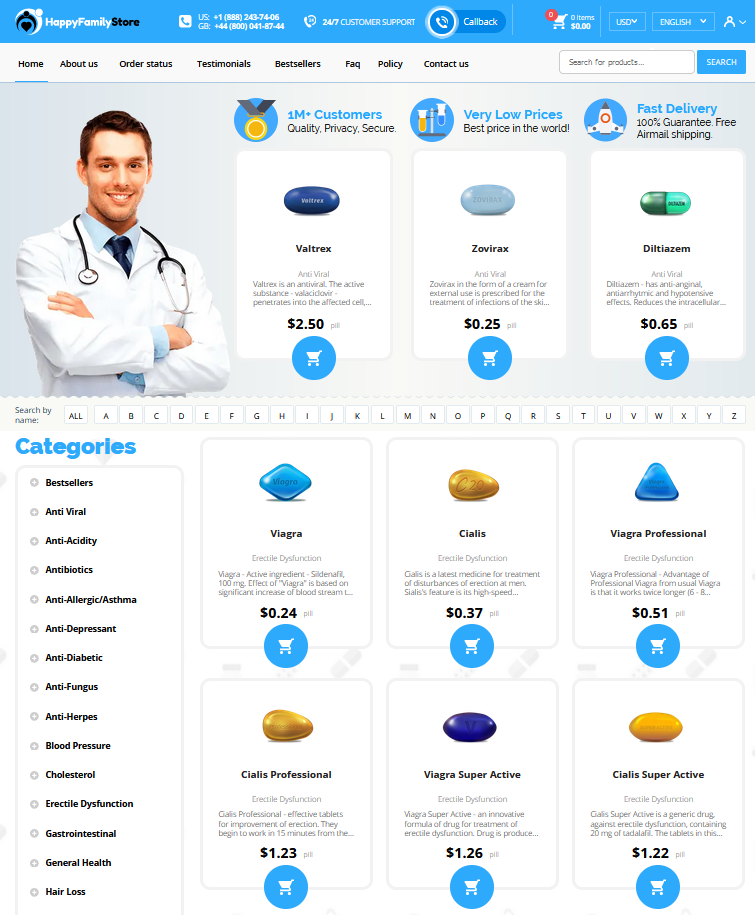Click HERE To Buy Azithromycin Online ↓
 Azithromycin Vs. Other Antibiotics: Key Differences
Azithromycin Vs. Other Antibiotics: Key Differences
Azithromycin's Unique Mechanisms Compared to Other Antibiotics
Azithromycin stands out among antibiotics due to its novel mechanism involving the inhibition of bacterial protein synthesis. Unlike many other classes, it binds to the 50S ribosomal subunit, halting the growth of bacteria. This unique action enables azithromycin to efficiently target bacterial infections, offering an effective alternative to other options listed in the Top 200 drugs. The elixir of this approach is its ability to penetrate cell membranes, reaching intracellular pathogens that others struggle with.
Further, azithromycin's pharmacokinetics offer a longer half-life, reducing the frequency of dosing compared to its peers. This characteristic, often detailed in the Sig, provides a convenient regimen for patients, enhancing compliance. Unlike a Z-Pack, requiring short, simple courses, many antibiotics require lengthy, multi-dose therapies, complicating treatment plans.
```html
| Characteristic | Azithromycin | Other Antibiotics |
|---|---|---|
| Mechanism of Action | Binds to 50S subunit | Varies: β-lactams, etc. |
| Dosing Frequency | Once daily | Multiple times daily |
In comparison, while many antibiotics operate by penetrating bacterial cell walls, azithromycin's journey involves a deeper cellular action. Its ability to thrive in cellular layers without fridge drugs-like storage requirements makes it a sought-after choice. Compellingly, azithromycin’s long tissue retention minimizes the risk associated with hangovers often seen with complex antibiotic cocktails, providing an efficient solution devoid of typical aftertreatment woes.
Broad Spectrum Vs. Narrow Spectrum Coverage

When it comes to antibiotics, the scope of coverage varies significantly—some agents boast a broad spectrum, tackling a wide range of bacterial infections. Azithromycin, often recognized as part of the Z-Pack, is reputed for this broad-spectrum capacity. It effectively combats different infections, whereas narrow-spectrum antibiotics are more like specialist agents, targeting specific bacteria. This broader coverage can strategically simplify the script-writing process, reducing the need for precise identification of the bacterial culprit.
Yet, choosing between these two coverage types in your med arsenal isn't just about 'one-size-fits-all.' With azithromycin, there's a pivotal balance between swift relief and the potential for resistance, especially when navigating the complications of antibiotic resistance in a global pharm land.
Comparing Side Effects: Azithromycin and Its Peers
Navigating the side effects of azithromycin compared to its antibiotic peers feels like a trip to Pharm Land. Azithromycin, often packaged in its renowned Z-Pack, boasts a gentler profile than many might expect. Common issues like mild diarrhea, nausea, or an occasional headache are generally less alarming than those found with other antibiotics. However, those taking azithromycin should still heed the script directions carefully from their Pharm Tech to avoid unexpected reactions, ensuring a smooth journey towards recovery without the dreaded hangover-like feelings some meds bring.
Dosage and Administration Differences Amongst Antibiotics

When it comes to antibiotics, one compelling feature of azithromycin stands out in its dosing flexibility. Generally, azithromycin requires fewer doses compared to others like amoxicillin, offering a simpler course for patients, which can bolster compliance. While traditional antibiotics often demand multiple daily administrations, azithromycin is typically prescribed as a once-daily script, sometimes even in a short Z-Pack that lasts just five days. The streamlined sig instructions make it a convenient choice, especially for those juggling multiple responsibilities. This reduced dosage frequency not only reduces the pill burden but also aids those who find it challenging to adhere to complex medication schedules.
Resistance Patterns: Azithromycin Versus Other Options
In the realm of antibiotics, azithromycin often stands out due to its unique resistance patterns. While it's hailed for overcoming some bacterial strains, resistance has been noted with certain pathogens, a development closely monitored in Pharm Land. Unlike other broad-spectrum options, azithromycin's long half-life can sometimes contribute to resistance, particularly if not taken as per the Sig. This has led healthcare professionals to scrutinize the durability of its effects compared to other antibiotics that may require more frequent dosing.
| Antibiotic | Resistance Development | Common Usage |
|---|---|---|
| Azithromycin | Moderate | Respiratory Infections |
| Amoxicillin | High | Urinary Tract Infections |
| Clindamycin | Varies | Skin Infections |
Furthermore, instances of label sticker shock can occur when azithromycin provides a rapid response only to fall short from emerging resistance in subsequent treatments. The silver lining is that azithromycin, when used effectively, can minimize pill burden by offering a convenient dosing schedule. This convenience can reduce misuse potentially contributing to resistant bacteria strains. However, the dynamic nature of bacterial adaptation requires ongoing adjustments in Scripts, ensuring patient safety and effective treatment outcomes.
Cost and Accessibility in Global Context
When it comes to antibiotics, sticker shock can vary widely across the globe. Azithromycin, known for its convenience as a Z-Pack, often presents a lower-cost option compared to its peers, especially when considering the price of branded medications. However, access to generics can significantly alter this dynamic, offering more affordable alternatives in regions where healthcare costs are a concern. Unfortunately, in some areas, the availability of these life-saving scripts is limited due to logistics and distribution challenges, leading to an inequitable healthcare landscape.
In many developing countries, distribution networks may resemble a drive-thru service—hasty and efficient but occasionally lacking in consistency and reliability. Meanwhile, the high demand for azithromycin drives comp-driven initiatives as health authorities attempt to stockpile medicines against bacterial infections. Nonetheless, accessibility can also hinge on the presence of healthcare infrastructure that can routinely fill and dispense these vital prescriptions. While azithromycin remains relatively cost-effective in some parts of the world, the global market's variability continues to challenge healthcare providers and patients alike.